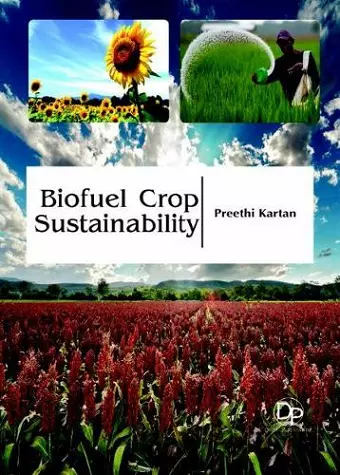Biofuel Crop Sustainability
Format:Hardback
Publisher:Delve Publishing
Published:30th Nov '16
Should be back in stock very soon

Biofuels are fuels derived from biomass – any matter derived from plants or animals. Biomass has traditionally been used as fuel for energy production in the form of wood, charcoal or animal waste. A basic distinction is made between unprocessed primary biofuels, such as fuel wood, and processed secondary biofuels The latter include liquid biofuels, such as ethanol and biodiesel, which have increasingly been used for transport in the last few years. Ethanol and biodiesel are the most widely used liquid biofuels. Ethanol can be produced through fermentation and distillation from any raw material containing significant amounts of sugar (e.g sugar cane or sugar beet) or starch (e.g maize, wheat or cassava). Biodiesel is produced by chemically combining vegetable oil or animal fat with an alcohol. It can be produced for instance from rapeseed, soybean, palm, or coconut oils. Current liquid biofuels, referred to as “first generation biofuels” only use sugar, starch or oil and thus a fraction of the energy contained in the plant material. However, most plant matter is composed of cellulose and lignin. For greater efficiency, “second-generation biofuel” technologies are being developed to make use of these components. There are significant technical hurdles still to clear to make production of lignocellulosic ethanol commercially competitive, but once these processes become economically viable, they could use waste products from agriculture and forestry, municipal waste, as well as new crops such as fast growing trees or grasses. Large-scale production of biofuels from crops requires large land areas, so liquid biofuels can only replace fossil fuels to a very limited extent. Current production is equivalent to less than one percent of world transport fuel demand. Projections foresee an increase in the share of the world’s fertile land used to grow plants for liquid biofuel production from 1% in 2004 to around 4% in 2030. With this cultivated area and first generation biofuel technologies 5% of road transport fuel demand could be met. This could double if second-generation biofuel technologies become commercially available.
ISBN: 9781680957716
Dimensions: unknown
Weight: unknown
280 pages